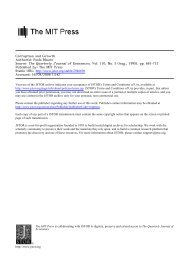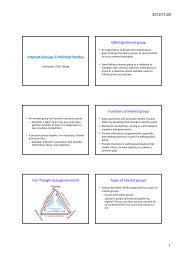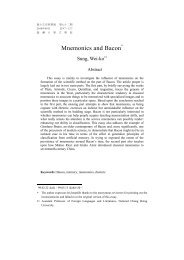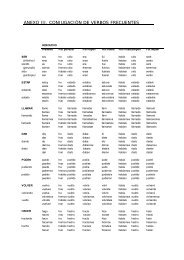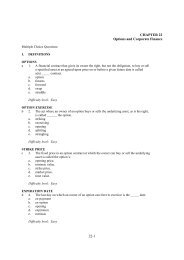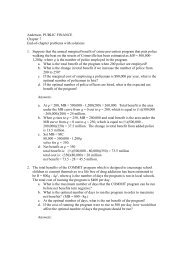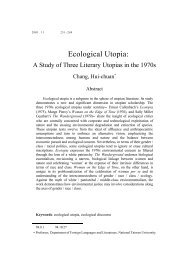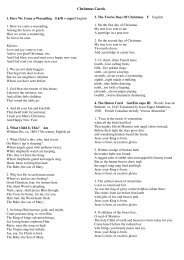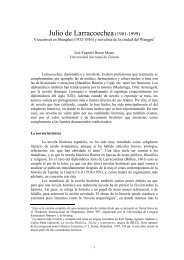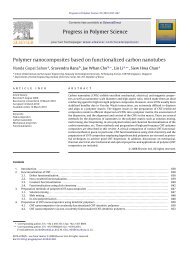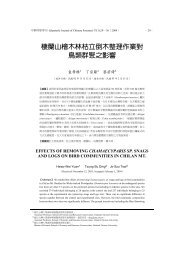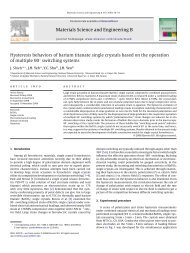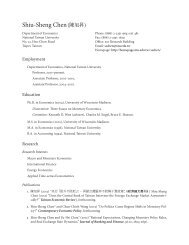Chapter 5 A Closed-Economy One-Period Macroeconomic Model
Chapter 5 A Closed-Economy One-Period Macroeconomic Model
Chapter 5 A Closed-Economy One-Period Macroeconomic Model
Create successful ePaper yourself
Turn your PDF publications into a flip-book with our unique Google optimized e-Paper software.
<strong>Chapter</strong> 5 A <strong>Closed</strong>-<strong>Economy</strong> <strong>One</strong>-<strong>Period</strong> <strong>Macroeconomic</strong> <strong>Model</strong> 47<br />
(b) Changes in the capital stock are not likely candidates for the source of the typical business cycle.<br />
While it is easy to construct examples of precipitous declines in capital, it is more difficult to<br />
imagine sudden increases in the capital stock. The capital stock usually trends upward, and this<br />
upward trend is important for economic growth. However, the amount of new capital generated<br />
by a higher level of investment over the course of a few quarters, of a few years, is very small in<br />
comparison to the existing stock of capital. On the other hand, a natural disaster that decreases<br />
the stock of capital implies lower output and consumption, and also implies lower real wages,<br />
which are all features of the typical business cycle contraction.<br />
4. Government Productivity. First consider the benchmark case in which z = 1, and there is no effect of<br />
changes in z on government activities. Now suppose that z increases. This case of an increase in z is<br />
depicted in the figure below. The original production possibilities frontier is labeled PPF and the<br />
1<br />
competitive equilibrium is at point A. If the increase in z only affects the economy through the<br />
change in zF( KN , ), then the new production possibilities frontier is PPF . The diagram shows a<br />
2<br />
case in which the income and substitution effects on leisure exactly cancel out, and the economy<br />
moves to point B. The equation for the production possibilities frontier is C = zF( K, h−l) − T.<br />
In the<br />
benchmark case, T = G and so we have C = zF( K, h−l) − G.<br />
For this problem, T = G/ z,<br />
and so the<br />
production possibilities frontier is given by C = zF( K, h−l) − G/ z.<br />
When z = 1, the two PPFs<br />
coincide. When z increases, the vertical intercept of the PPF increases by G/ Δ z.<br />
Therefore, the new<br />
PPF is PPF in the figure below. The competitive equilibrium is at point C. There is an additional<br />
3<br />
income effect that provides an additional increase in equilibrium consumption, and a reinforced<br />
income effect that tend to make leisure increase. Therefore, relative to the benchmark case, there is a<br />
larger increase in consumption, and either a smaller decrease in leisure or a larger increase in leisure.



